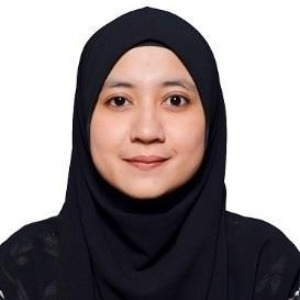8th Edition of Euro Global Conference on
Food Tomography
Food tomography is a non-destructive imaging technique used to visualize the internal structure and composition of food products in three dimensions. It employs principles similar to medical CT (computed tomography) imaging, where X-rays or other penetrating radiation sources are passed through the sample from multiple angles to create cross-sectional images. These images are then reconstructed using mathematical algorithms to generate a 3D representation of the internal features of the food sample. Food tomography provides valuable insights into the spatial distribution of components such as moisture, fat, protein, air, and voids within the sample, helping to characterize its texture, density, and homogeneity. This information is crucial for quality control, product development, and process optimization in the food industry. Food tomography techniques include X-ray tomography, neutron tomography, and optical coherence tomography (OCT), each offering unique advantages and capabilities. X-ray tomography is commonly used for imaging dense materials such as meat, cheese, and baked goods, where X-rays penetrate the sample and are absorbed or scattered by different components, producing contrast in the resulting images. Neutron tomography, on the other hand, is particularly useful for imaging low-density materials such as fruits, vegetables, and porous structures, where neutrons interact with hydrogen atoms, providing high contrast and resolution. Optical coherence tomography (OCT) uses near-infrared light to visualize the internal structure of transparent or semi-transparent food samples, such as fruits, vegetables, and confections, with micron-level resolution. Food tomography has numerous applications across the food industry, including quality assessment, defect detection, ingredient analysis, and packaging inspection. It can be used to evaluate product uniformity, detect foreign objects or contaminants, and monitor changes in structure or composition during processing and storage. Food tomography also plays a vital role in research and development, enabling scientists to study the effects of formulation, processing, and storage conditions on the microstructure and physical properties of food products. By providing detailed 3D images of food samples, tomography helps manufacturers optimize product formulations, processing methods, and packaging designs to enhance quality, safety, and consumer satisfaction. Ongoing advancements in tomography technology, such as faster scanning times, higher resolutions, and multi-modal imaging capabilities, continue to expand the capabilities and applications of food tomography, paving the way for new insights and innovations in the food industry.
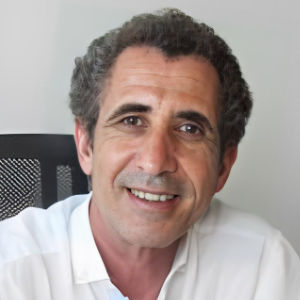
Said Bouhallab
INRAE, France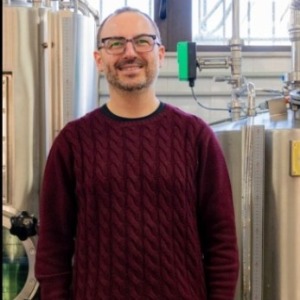
Giovanni De Francesco
University of Perugia, Italy
Ombretta Marconi
University of Perugia, Italy
Alex Martynenko
Dalhousie University, Canada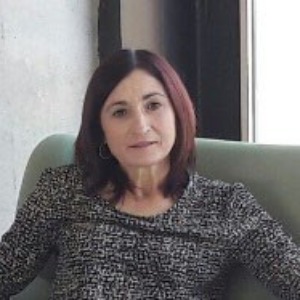
Ana Isabel Najera
University of the Basque Country EHU, Spain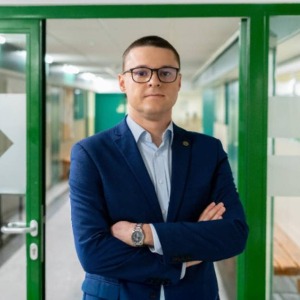
Marcin A Kurek
Warsaw University of Life Sciences, Poland